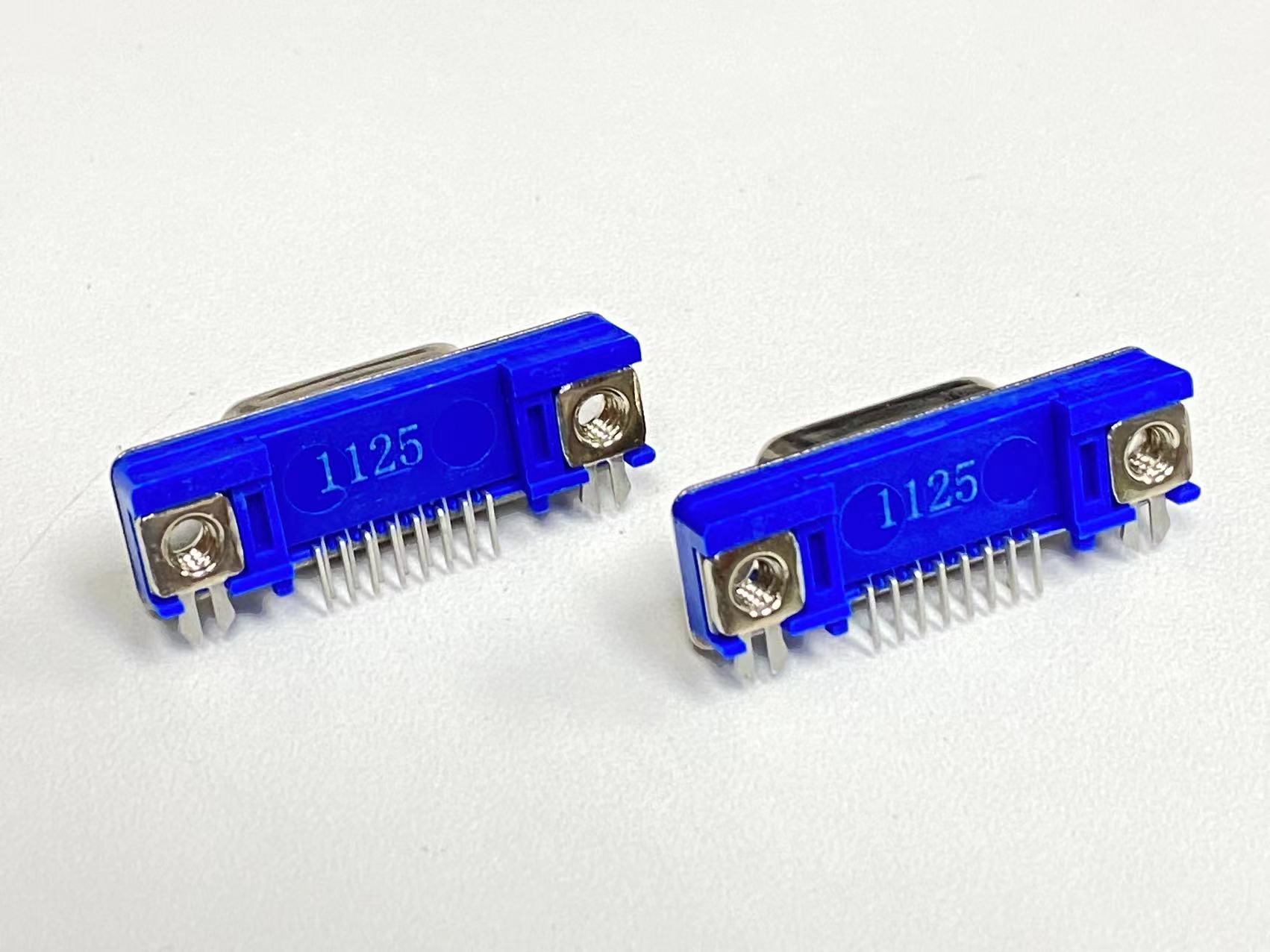DisplayPort vs. HDMI Unique Features That Set DisplayPort Apart
11/01/2024 When it comes to connecting your monitor, TV, or gaming setup, two major contenders stand out: DisplayPort and HDMI. While both are popular choices for transmitting audio and video, DisplayPort offers unique features that set it apart, making it a preferred option for many professionals, gamers, and tech enthusiasts. This blog dives into the distinct advantages of DisplayPort and explores why it may be the best choice for your needs.In order to facilitate users to have a better experience, DVI Interface Many attempts have been made to upgrade the products, and the results are also very good, and the market performance tends to be in a good state. https://www.szxianhe.com/
displayport
1. Higher Bandwidth for Better Performance
One of the primary differences between DisplayPort and HDMI is bandwidth. DisplayPort supports higher bandwidth, which translates to faster data transfer rates and better overall performance, especially for high-resolution displays.
The latest version, DisplayPort 2.0, can achieve up to 80 Gbps of bandwidth. This allows for 8K resolution at 60Hz or 4K at a stunning 240Hz, which is perfect for high-performance gaming, video editing, or any application that demands high fidelity.
In contrast, HDMI 2.1!while powerful in its own right!maxes out at 48 Gbps. For users who demand the absolute best in video and graphic performance, especially for multiple monitors or ultrawide displays, DisplayPort offers superior flexibility.
2. Support for Multi-Display Setups
If you’re working with a multi-monitor setup, DisplayPort shines as a clear winner. The technology is specifically designed to handle multiple displays efficiently, thanks to its Multi-Stream Transport (MST) feature.
With MST, you can daisy-chain several monitors from a single DisplayPort connection, reducing cable clutter and simplifying the overall setup. This is incredibly useful for gamers, designers, and professionals who require more than one screen to manage their workflows.
HDMI, on the other hand, typically requires a separate connection for each monitor, making multi-monitor setups more cumbersome. This makes DisplayPort the ideal choice for productivity-focused environments where multiple screens are a necessity.
3. Higher Refresh Rates for Smoother Gaming
For gamers, DisplayPort is often the go-to option because of its ability to support higher refresh rates and variable refresh technologies like G-Sync and FreeSync. These features ensure a smoother gaming experience with minimal screen tearing or stuttering.
DisplayPort 1.4 supports 4K resolution at 144Hz and 8K at 60Hz, making it perfect for modern gaming rigs that prioritize both visual clarity and fast-paced action.
In comparison, HDMI 2.1 also supports 4K at 120Hz, but DisplayPort’s broader support for refresh rates across various resolutions makes it a more versatile option, especially for gamers using high-refresh-rate monitors.
4. Adaptive Sync Technology for Seamless Playback
DisplayPort is known for its support of Adaptive Sync technology, a feature that dynamically matches the display’s refresh rate with the GPU¨s frame rate, eliminating annoying screen tearing and reducing input lag. This results in smoother gameplay and more immersive viewing, particularly when playing fast-paced titles or watching high-definition videos.
Adaptive Sync also helps maintain optimal performance even during demanding graphic tasks, offering a more seamless experience whether you¨re editing videos or engaging in heavy gaming sessions.
While HDMI has incorporated Variable Refresh Rate (VRR) in HDMI 2.1, DisplayPort¨s wider compatibility with FreeSync and G-Sync gives it an edge for those seeking consistent, tear-free graphics across a broader range of devices.
5. Improved Audio Transmission
Both DisplayPort and HDMI can transmit audio and video simultaneously, but DisplayPort offers some unique advantages when it comes to audio transmission.
DisplayPort supports 8 channels of uncompressed audio at 24-bit 192 kHz, providing high-quality sound for immersive home theater experiences or high-fidelity gaming audio. This is on par with HDMI¨s capabilities, but DisplayPort excels in environments where both multi-channel audio and multi-display setups are required, allowing users to achieve cinematic soundscapes without compromise.
Additionally, DisplayPort¨s audio features integrate seamlessly into professional setups, where synchronized video and audio are paramount, making it a strong choice for content creators and editors.